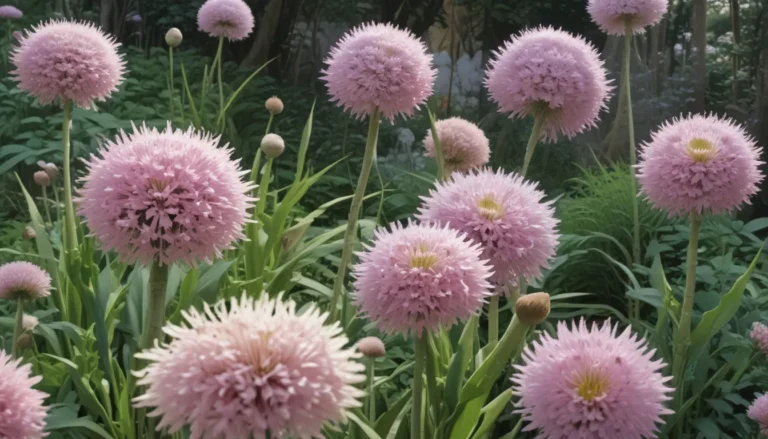Reasons Behind Black Stems on Your Dracaena: Symptoms, Causes, and Solutions

If you’re a proud plant parent of a Dracaena, you may be alarmed to see black stems appearing on your beloved plant. Despite your best efforts to care for it diligently, your Dracaena can still fall prey to diseases. Surprisingly, this can happen as a result of too much care rather than neglecting it.
In comparison to other houseplants, Dracaenas prefer to have their soil dry out between waterings. Excessive watering can leave the roots vulnerable to diseases and rot, leading to telltale signs like black stems.
Here’s what we’ll dive into in this comprehensive guide:
What Could Be Causing the Stems of Your Dracaena to Turn Black?
- Fungal Root Rot – Causes of Fungal Root Rot – How to Handle an Infected Plant
- Tomato Spotted Wilt Virus – Spread of TSWV – Symptoms of Infection – Treatment Options
Fungal Root Rot
When your Dracaena is infected with fungal root rot, it may show severe wilting as a primary symptom. Your natural response may be to give it more water, but this can exacerbate the issue. Surprisingly, wilting in Dracaena could actually signal an excess of water, leading to rotting and blackened areas on the stems.
If you were to cut open the stem of your plant, you would likely find brown discoloration of the tissues inside if fungal infection is the culprit.
Types of Fungi that Cause Black Stems
Various fungi species worldwide have been identified as culprits behind stem rot in Dracaenas. Some common ones include:
- Fusarium solani (Iran, Korea)
- F. oxysporum (Korea)
- F. moniliforme (Korea)
- Colletotrichum dracaenophilum (Bulgaria)
- Corynespora cassiicola (Egypt)
- Thielaviopsis paradoxa (Brazil)
While the list may seem intimidating, the presence of pathogens in a specific region does not necessarily mean they will pose a problem in your area.
What to Do with an Infected Plant
If your plant is severely infected with fungal root rot, removing it from its pot and trimming back the affected roots may seem like a solution. Unfortunately, at this stage, curing the plant may be challenging. It’s advisable to dispose of the infected plant and sterilize the pot for future use.
Tomato Spotted Wilt Virus
The dreaded tomato spotted wilt virus (TSWV) is another pathogen that can impact Dracaena plants and a wide range of other plant species. Despite its name, TSWV can infect over 1,000 plant species, making it a significant concern for houseplants too.
TSWV Spread
TSWV relies on thrips, tiny insects, for transmission. Thrips acquire the virus while feeding on diseased plants and can spread it when they undergo development. The virus requires living plants to survive, allowing it to infect a vast host range of plants.
Symptoms
Diagnosing TSWV infection is challenging due to its resemblance to symptoms of other diseases and stressors. However, black or purple streaks on the stems of Dracaena, stunted growth, and premature leaf drop are characteristic signs. Flowering plants may exhibit abnormal patterns on their petals.
Treatment Options
Since TSWV is highly contagious and can affect numerous plants, experts recommend disposing of infected Dracaena plants to prevent further spread.
Concluding Thoughts
Black stems on your Dracaena can be a warning sign of underlying diseases caused by various pathogens, from fungi to viruses. By the time black stems appear, it may be too late to save your plant. Preventive measures such as proper watering and soil drying can help avoid fungal infections in the future.
Have you encountered black stems on your Dracaena? Share your experience in the comments below.
For more insights on caring for Dracaena plants, check out these informative articles next:
- When and How to Prune Dracaena
- Understanding Dracaena Toxicity to Cats or Dogs
- Tips for Growing and Training Dracaena Plants as Bonsai
We hope this guide helps you navigate the challenges of caring for your Dracaena plant. Remember, a little knowledge and attention can go a long way in keeping your green companions healthy and thriving.





